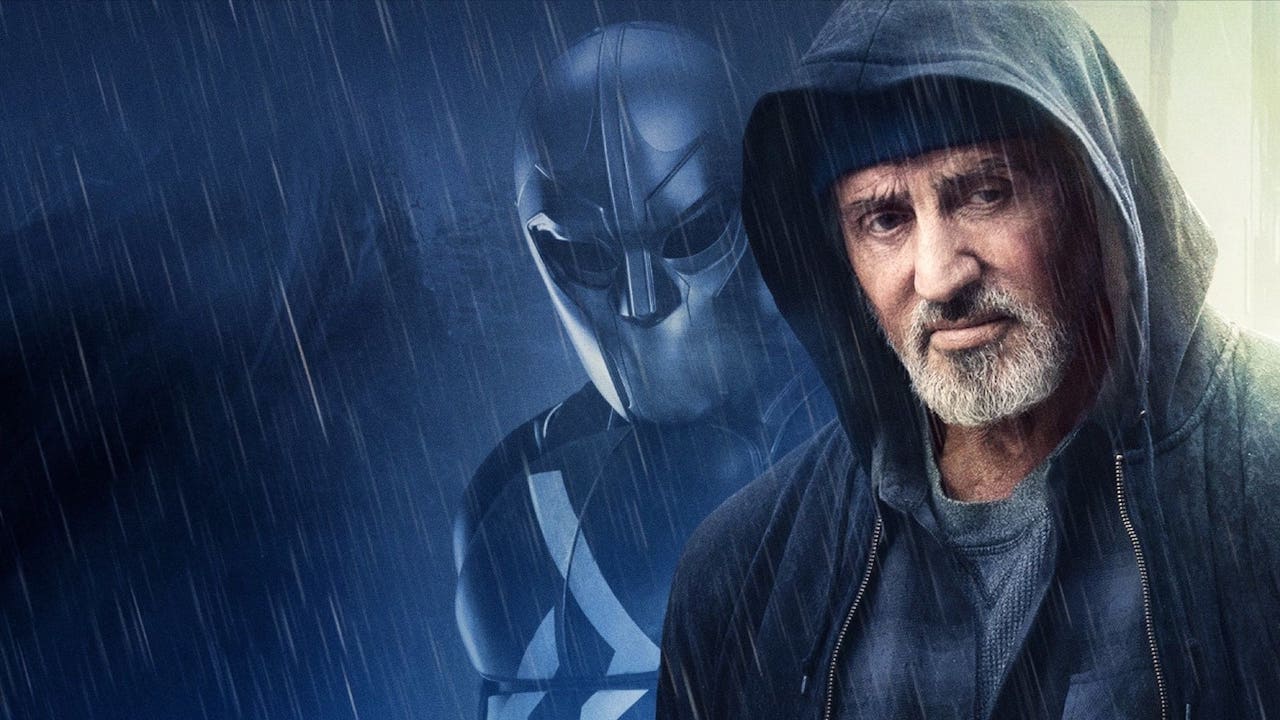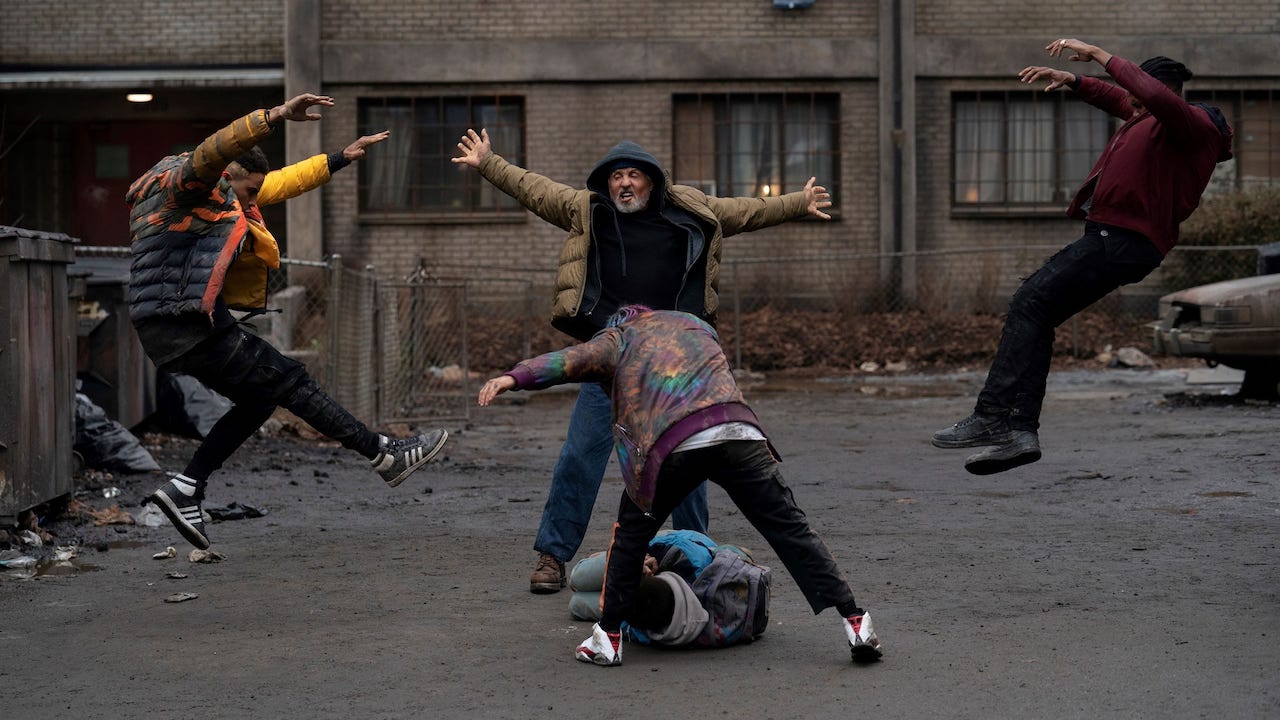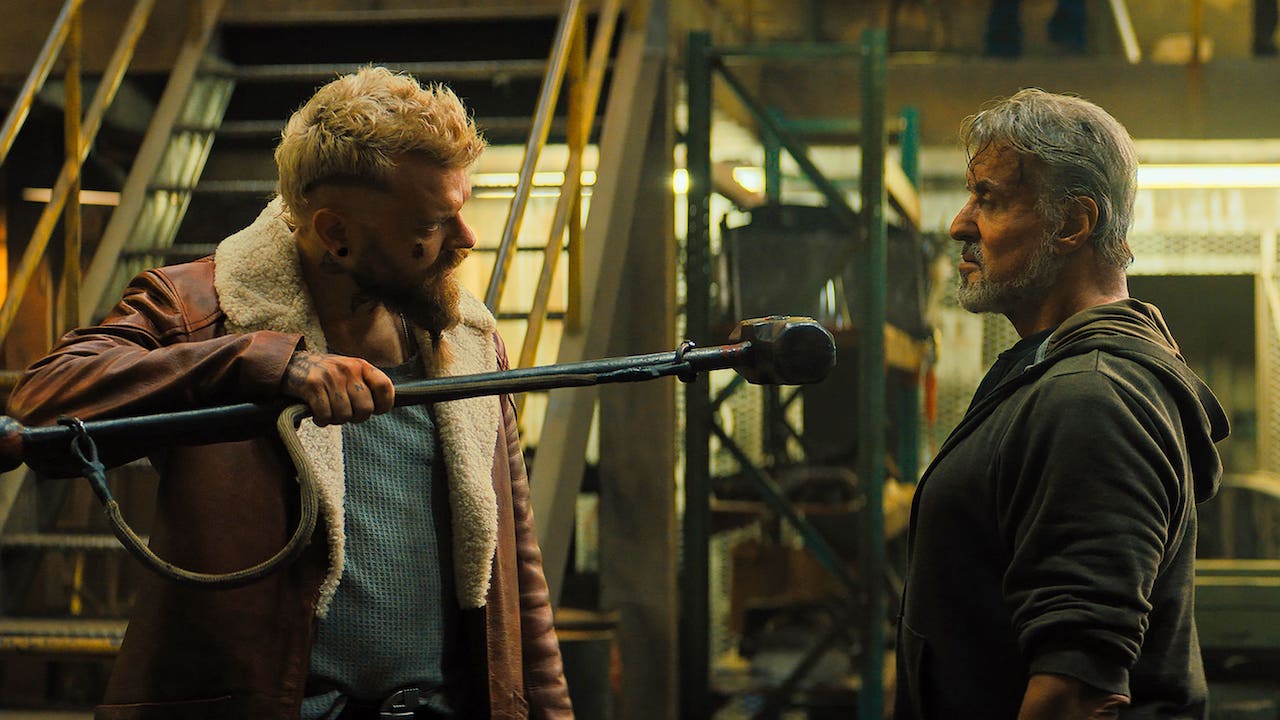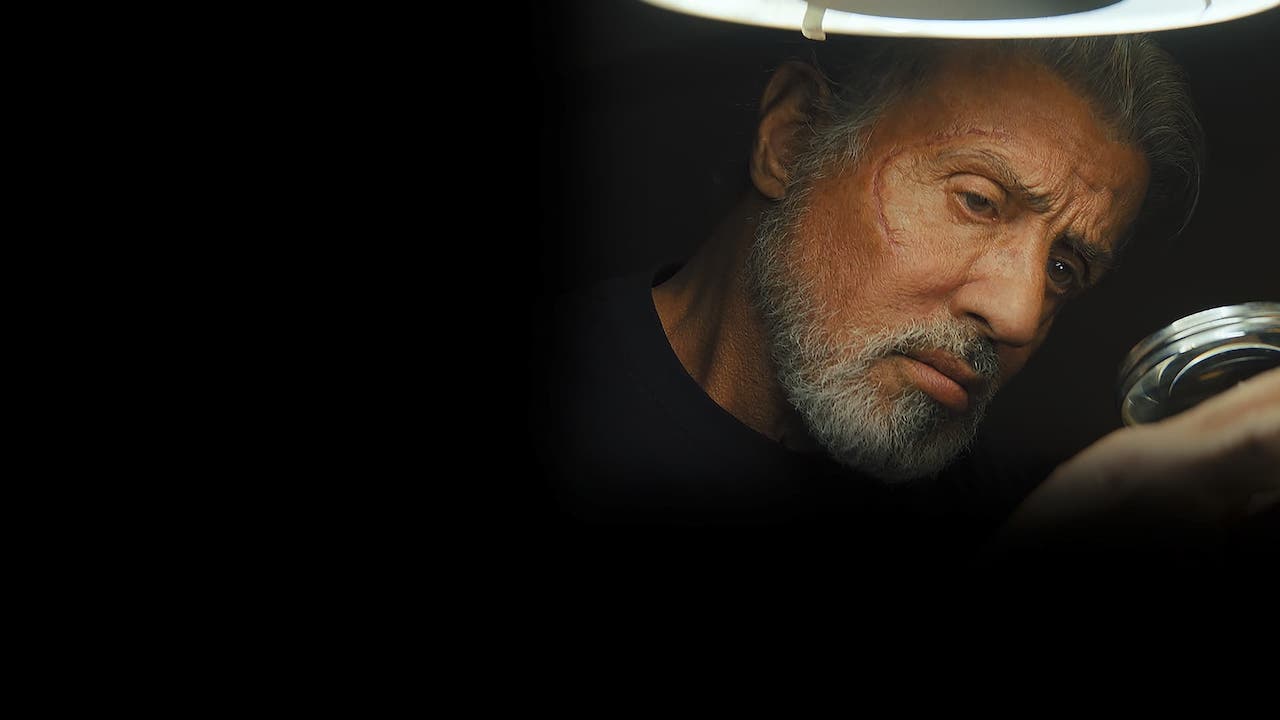Now that Sylvester Stallone is a superhero, is it the end of the line for action heroes?

Sly Stallone’s change of heart about the superhero media juggernaut might suggest that classic action heroes are going the way of the western genre’s cowboy. But Travis Johnson says there’s still plenty of old-school punches yet to fly.
Ageing action legend Sylvester Stallone is finally playing a role many never thought he would—a superhero. In Prime Video’s Samaritan, directed by Australia’s Julius Avery, he plays the titular super-strong vigilante, long retired and hiding in plain sight as a lowly garbageman, who is discovered by a young boy (Javon Walton) just in time to take on Pilou Asbæk’s ambitious gang lord.
Now to be clear, this is not Stallone’s first appearance in a comic book movie (which Samaritan technically isn’t, being an original property, but bear with me). He played Judge Dredd in 1995, had a fun little cameo in Guardians of the Galaxy Vol. 2 in 2017, and voiced King Shark in 2021’s The Suicide Squad. But this is his first time playing an honest-to-Kirby superhero (Dredd may be a hero, but he ain’t super).
Which comes as something of a surprise, given that Stallone has previously thrown a little shade at the genre. Speaking to The LA Times in 2010, he singled out Tim Burton’s seminal Batman, noting that the plastic armour Michael Keaton wore made the physicality of the actor redundant. “The action movies changed radically when it became possible to Velcro your muscles on. The special effects became more important than the single person. That was the beginning of the end.”
Later, in 2012 he told ET that the action genre was “…fading away. You have the superheroes today which are possessed with all extraordinary powers; they can blink, and a fireball comes out of there. It’s great. And then you have a bunch of us, which is just your basic male-pattern baldness…kind of like hands-on action.”
The thing is, he’s not wrong. While you might see the occasional Hugh Jackman or Chris Hemsworth gracing the cover of Men’s Health to show off their jacked bods and promote their movies, the old-school action star is almost a thing of the past—up on the marquee at least. The John Wick franchise and, arguably, the Mission: Impossible films are the last major hold outs. Meanwhile the Fast & the Furious franchise is so fantastical it might as well be a superhero series—it’s just cars instead of capes.

At a recent virtual junket to promote Samaritan, Stallone indicated that, for himself, pivoting to effects-driven superpowers after years of going punch for punch on screen was at least partly driven by age, noting “there is a point where you say okay, you can’t do a 29-year-old Rambo kind of thing, because you also have to honour who you are at your age.”
Maybe we’re all just getting older. Stallone observed that, at the dawn of his career, pure action as a genre didn’t really exist, but different types of film would contain action. “There were action beats. There were car chases. There was this and that. There would be a fight.” So in that light, the action film is a relatively young genre, and perhaps the sun has set on it in much the same way it did on westerns for a while there?

Well, no—only if you look at the theatrical box office. Genres never really disappear: just because westerns weren’t making big bucks, doesn’t mean people weren’t still making westerns, and just because cape flicks are dominating the box office, action as a genre is perhaps surprisingly robust.
#ActionTwitter is a thriving online community where fans of the genre compare notes on faves from around the world, highlighting the good stuff hitting streaming (like Timo Tjahjanto’s insane The Night Comes For Us) or the arthouse/indie circuit (India’s RRR leapt into the public consciousness because action stans raved about it nonstop), and occasionally lamenting the box office failure of a new classic (that’d be Michael Bay’s Ambulance).

When genres or forms fall out of favour, fans become more fervent, perhaps sensing that their thing needs their support. So, while the pure action genre, with its practical stunts, intricate fight choreography, and high body counts, may have contracted, the action community has thrived. In recent weeks films like Day Shift (fun!), The Gray Man (middling!), and Carter (divisive!) have been pored over in minute detail, and the likes of Prey and The Princess have found champions.
In a way, the most popular movies are still action movies, at least in part. You’re not likely to see a fight-free superhero flick anytime soon, and the year’s biggest blockbuster, Top Gun: Maverick, is in substance a drama, but would have died on its feet without its sublime dogfighting sequences.
But pure action is still here for its aficionados, cracking its knuckles and biding its time until once again mainstream audiences pine for the simple pleasures of watching a bunch of guys flat-out murder each other for our entertainment.

















